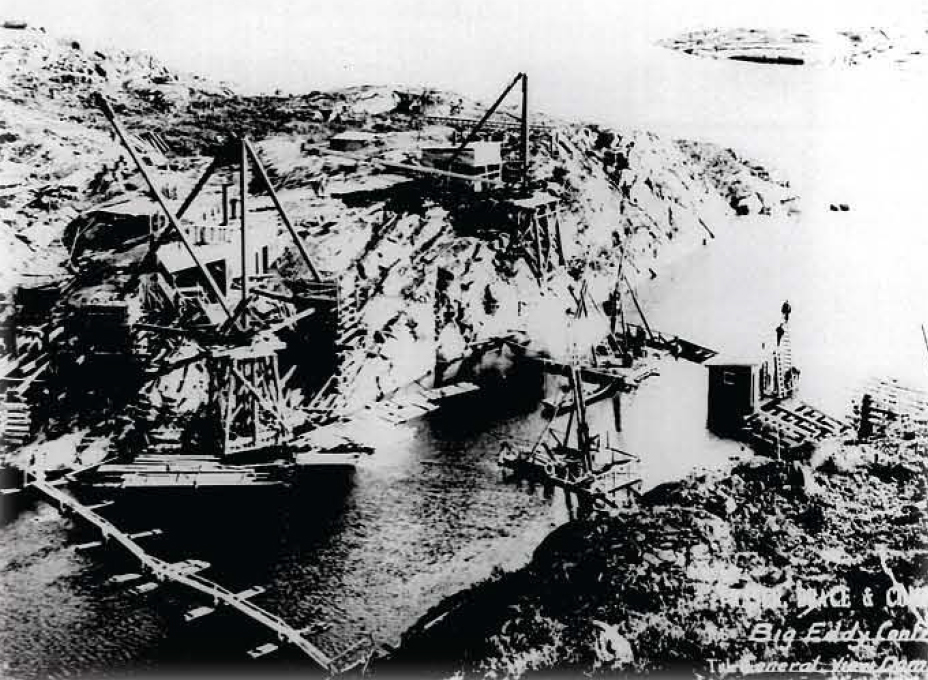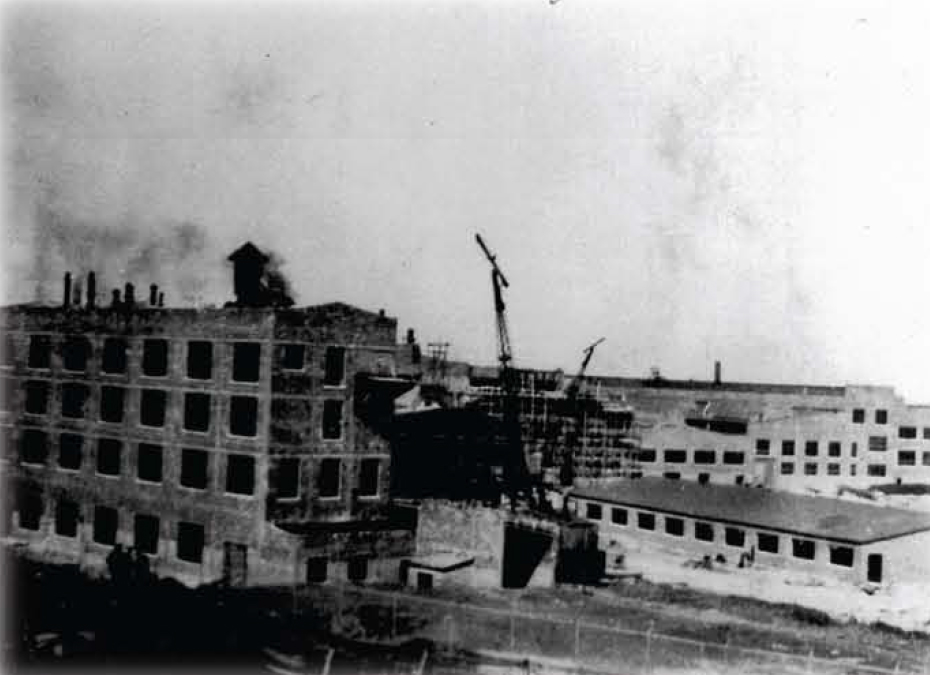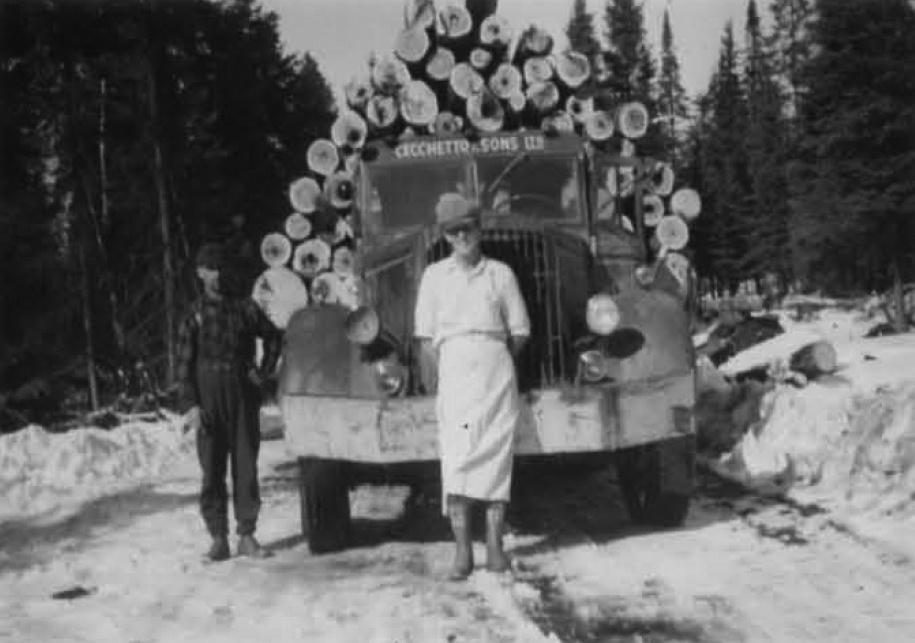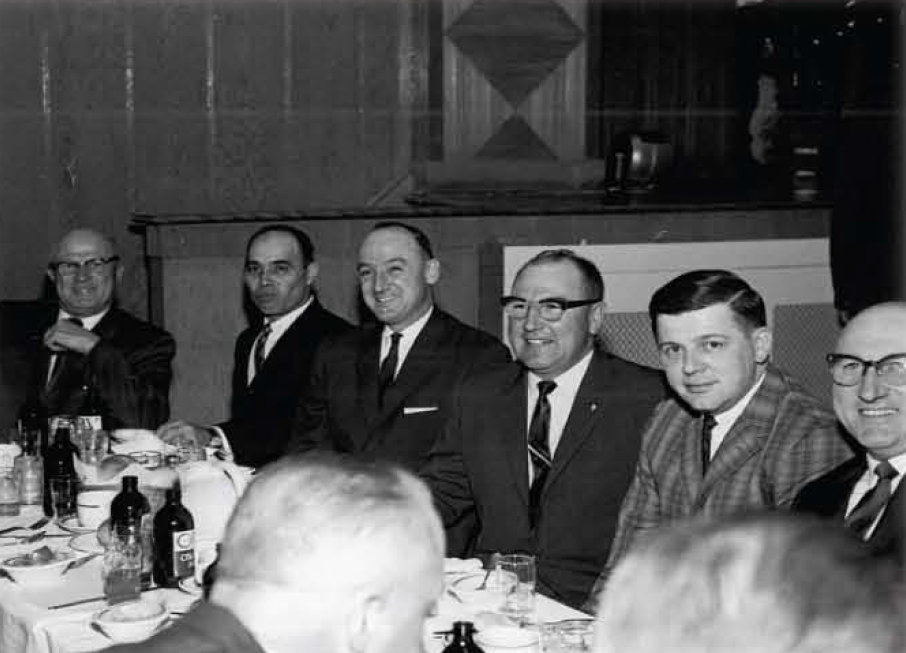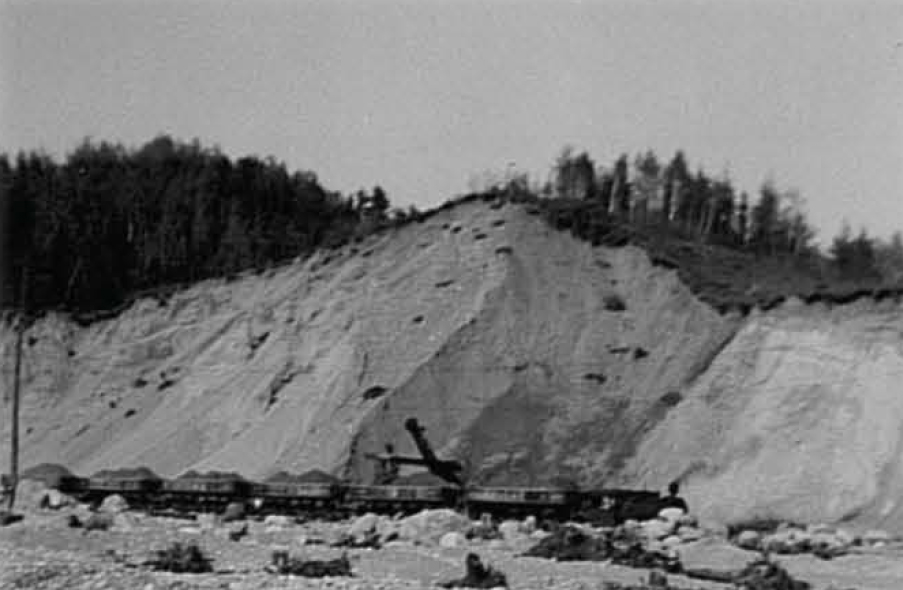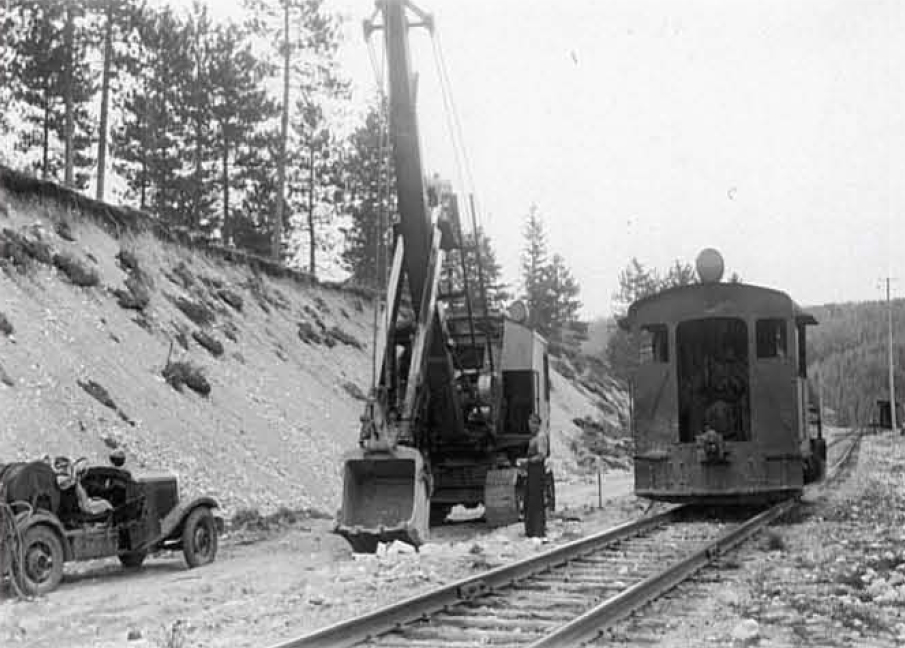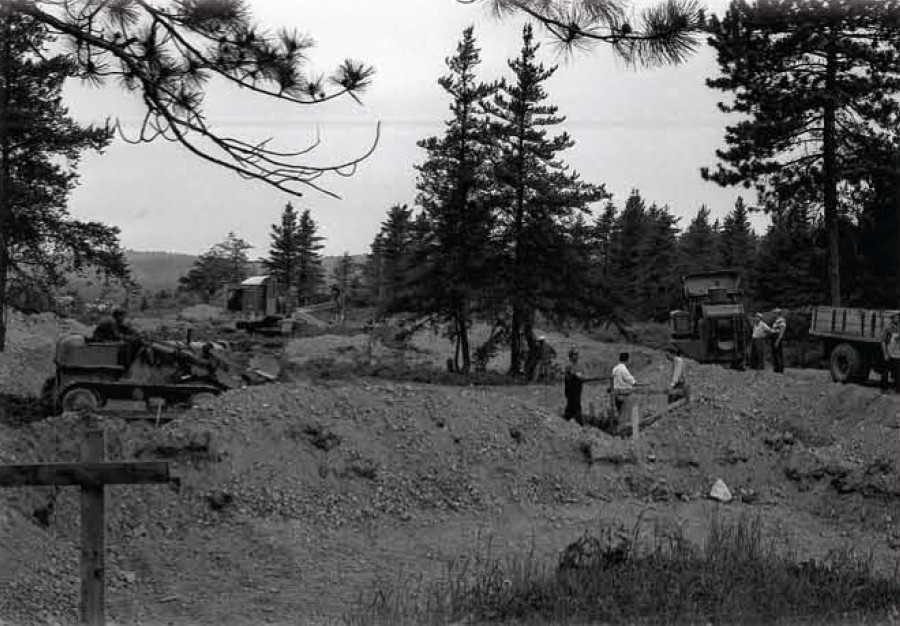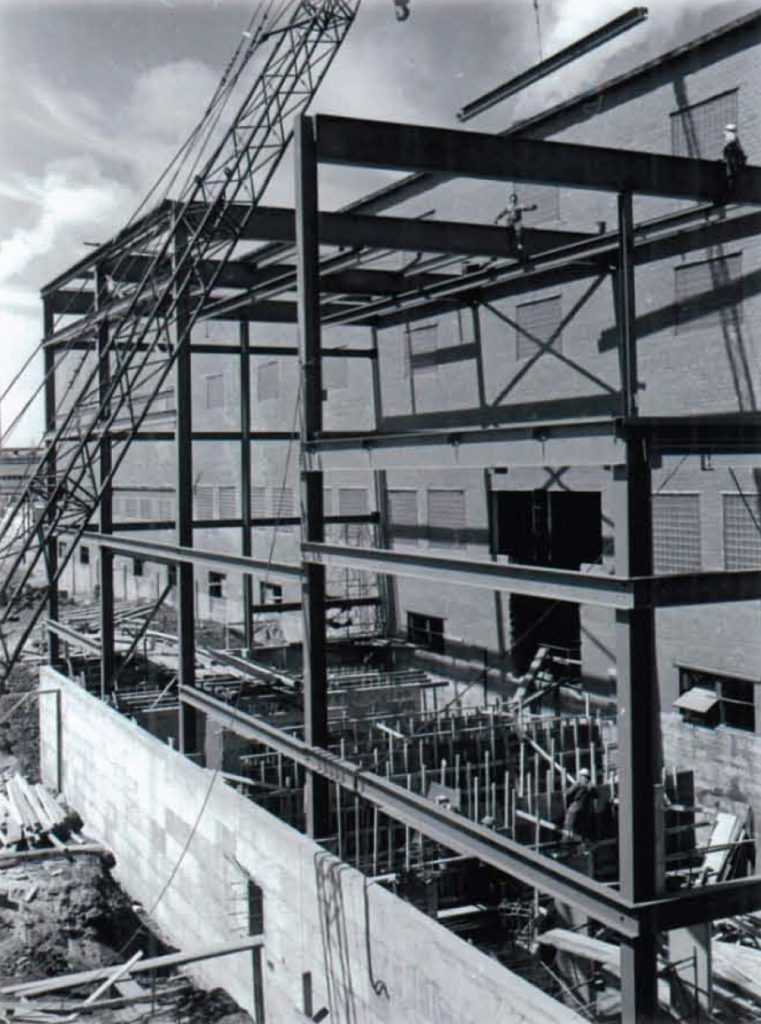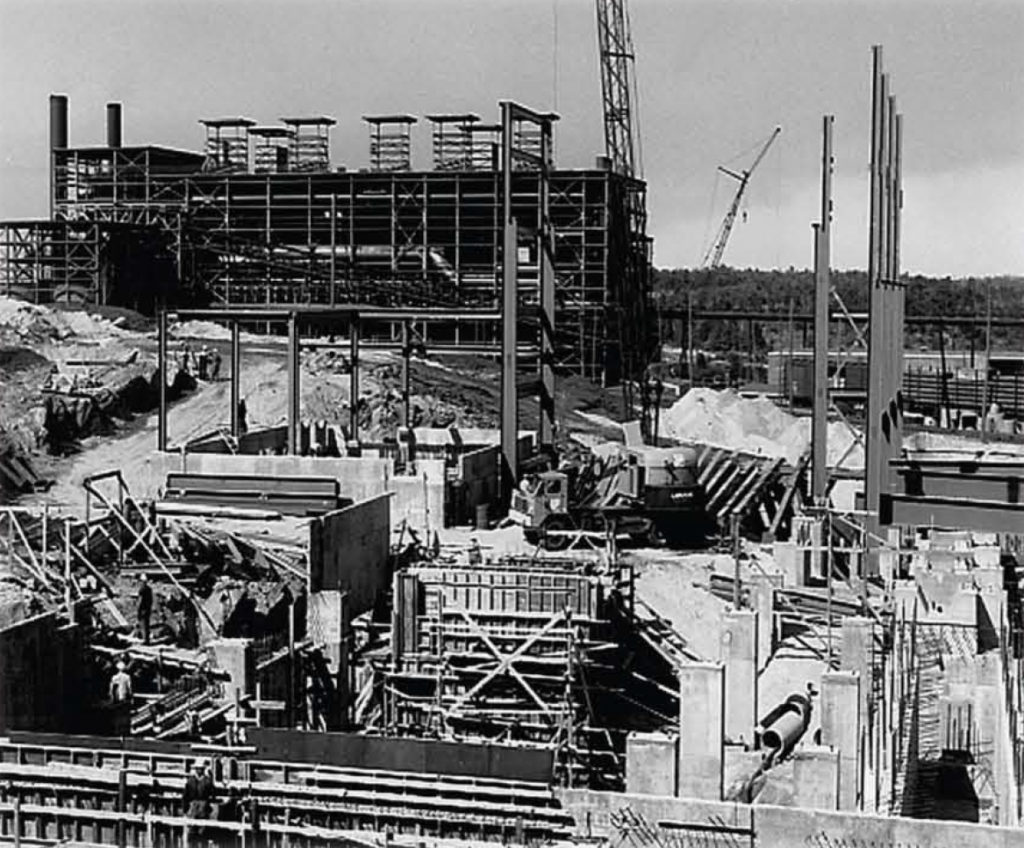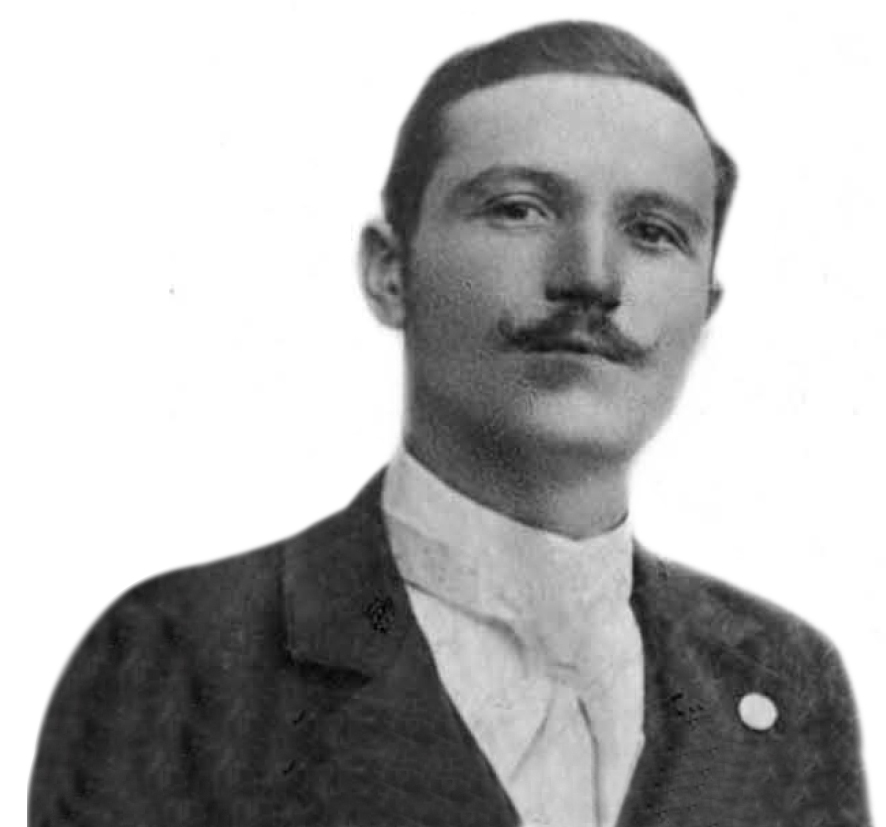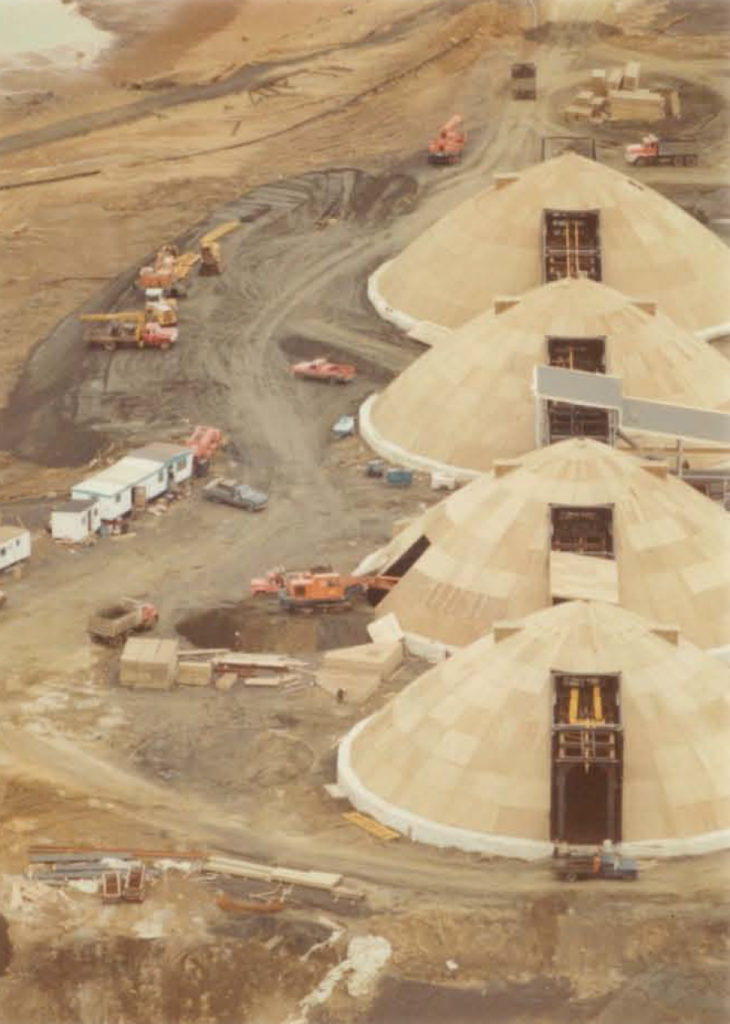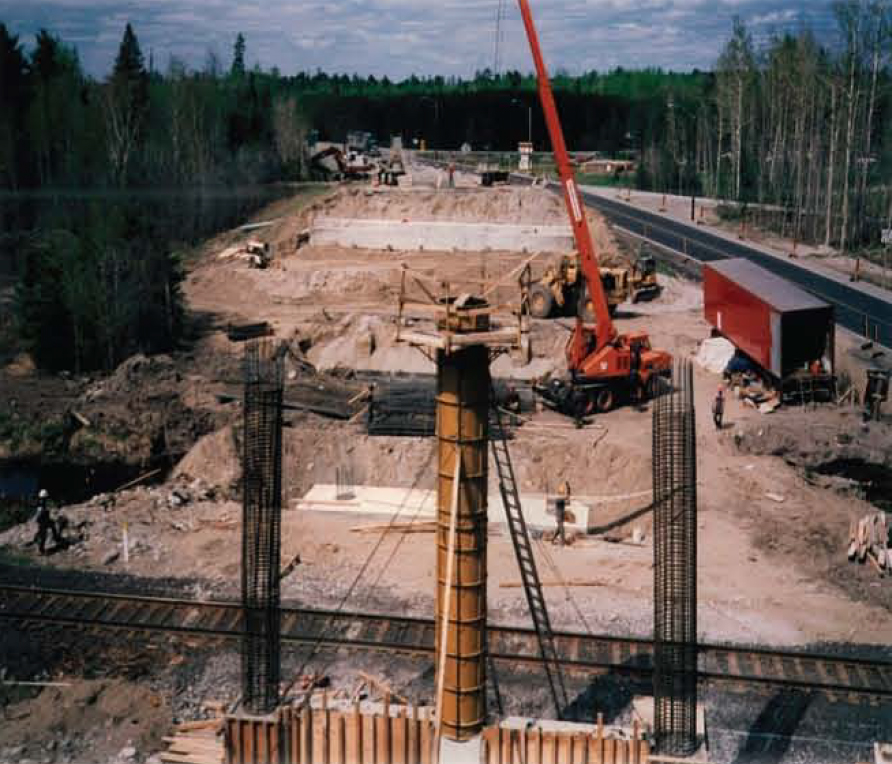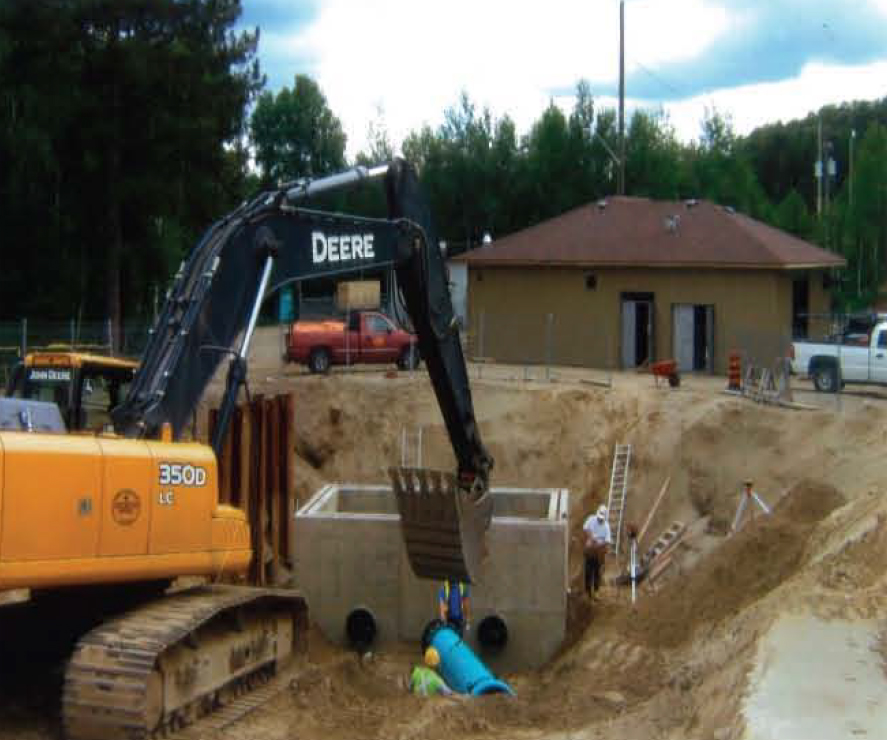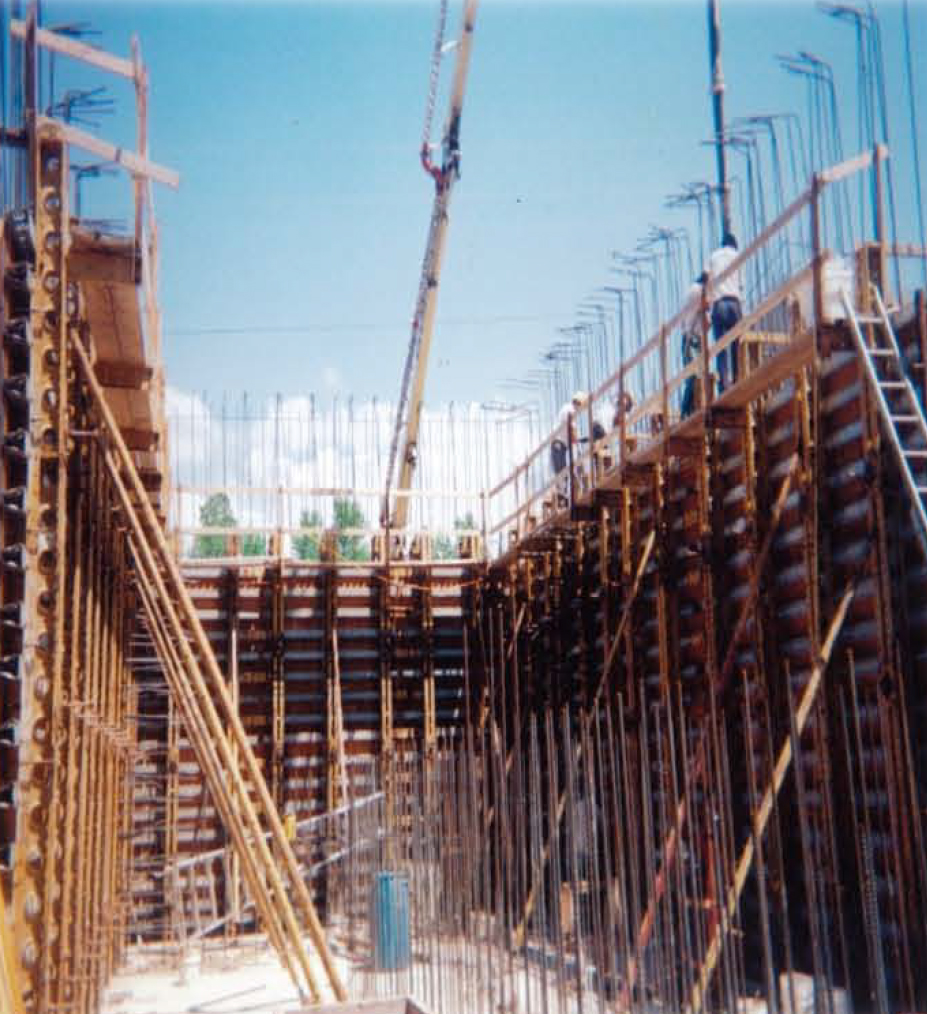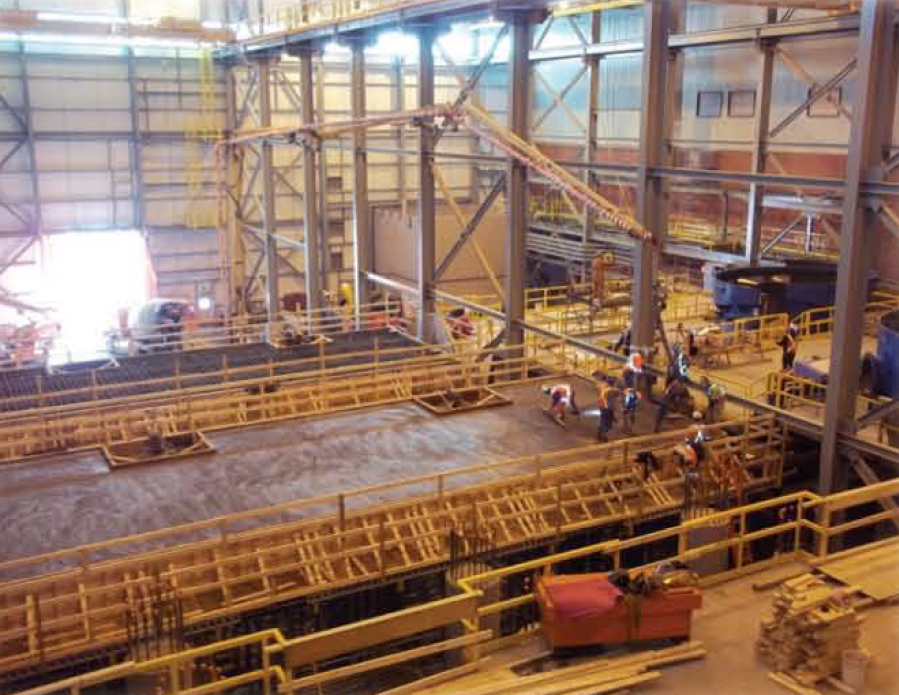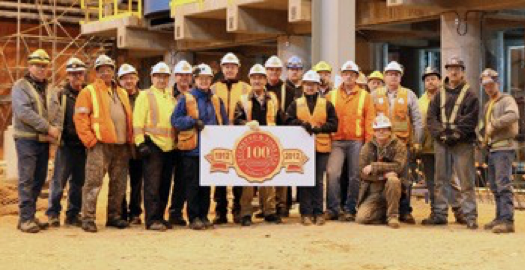100 Years of Construction Excellence
More than just the story of another contracting company, the history of the Cecchetto family is a legacy of simple beginnings, hard work, family values and perseverance spanning more than one hundred years, yielding great success and impressive accomplishments. Closely tied to the history of Sudbury and Northern Ontario, the Cecchetto family has played an integral role in this region ‘s progress by helping build the infrastructure that supports the daily life of the area.
From the Ground Up
Upon his arrival in the Sudbury area on April 4, 1903, Agostino’ s skills as a stonemason enabled him to find immediate employment with the Canadian Copper Company. Once settled into his homestead in the area known as “the crow’s nest ” in Copper Cliff, Agostino soon began to work independently, undertaking contracts with the Canadian Copper Company involving earthworks, cement foundations, stone and brickwork. Because of his skills and business acumen, his clients encouraged him to take on larger projects and start his own contracting firm. In 1912, Agostino founded A. Cecchetto Construction and hired skilled trades including labourers, carpenters and masons.
He continued to secure contacts with local mining developments, as well as throughout the
community and abroad. Some notable undertakings during the early years as a general contractor included the construction of St. Joseph’s Church, Christ the King Church, Copper Cliff Public School, Creighton School, Coniston Separate School , Sudbury Technical School, Stanley Stadium , Bank of Toronto in Copper Cliff, Cecchetto, Frawley, Bannon and Arcade Blocks in downtown Sudbury, foundations and stone facade for the original Sudbury Post Office, and many projects for the Canadian Copper Company (CCC), Mand Nickel Company and International Nickel Company of Canada (INCO), including the construction of the original railroad and gravel arterial road between Copper Cliff and Frood Mine, a project that transformed a small mining town into a thriving little community.
During the 1920s, the company frequently worked alongside Fraser Brace Limited and the Foundation Company of Canada, constructing concrete forms, placing and finishing concrete, and providing stone and masonry work for such projects as the High Falls “Big Eddy” and Wabagishik Power Dams. During the same period, the company was contracted by the Canadian Copper Company to rehabilitate and construct a network of wooden crib dams used to control the headwaters of the Spanish River including Biscotasing, Canoe, Indian, Mozhabong, Armstrong and Ministic Lakes. The dams were responsible for equalizing the downstream flow that supplied water to CCC’s No. 1 plant. The company operated a sawmill just northeast of High Falls, where they used to make timber stop logs and other building materials used in the construction of the dams.
In 1926 the company secured a contract to build the first four units of the electrolytic plant at the Port Colborne Refinery for the International Nickel Company at a cost of over $3,500,000.00, a contract that established the firm’s reputation.


